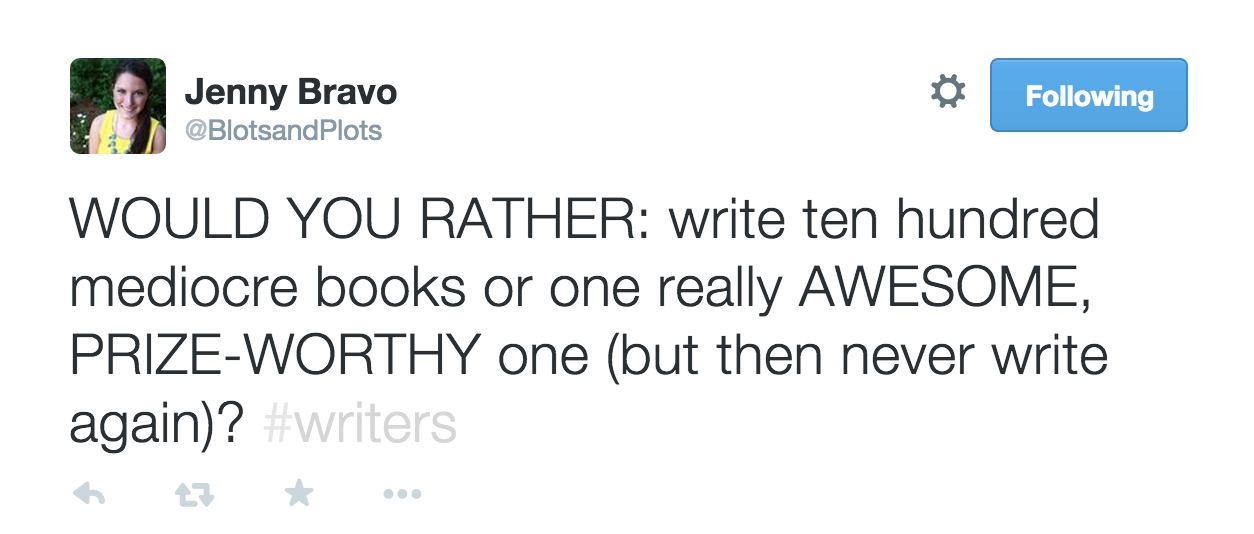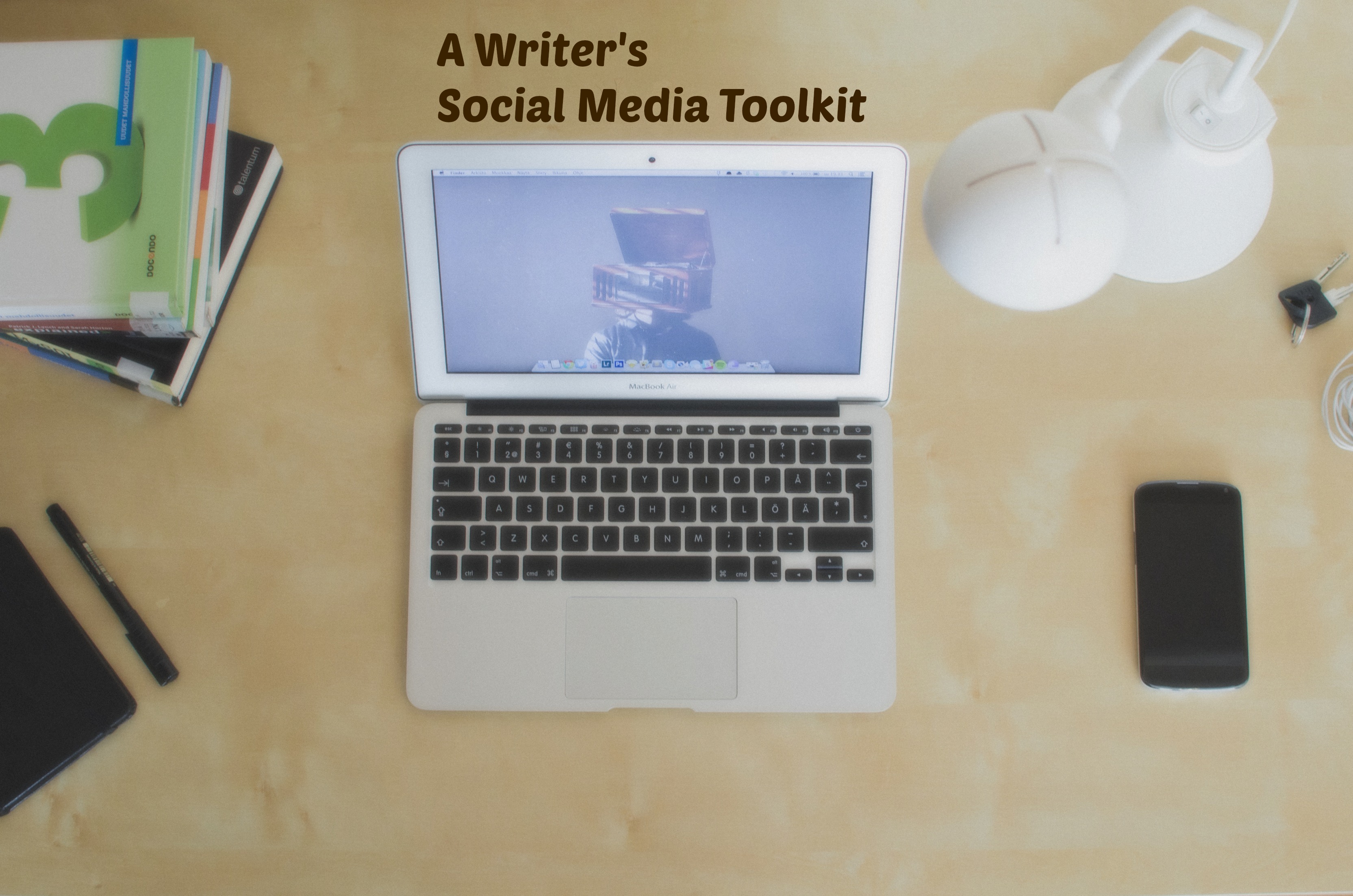1. Getting a genius idea for a novel
 You’re so happy about it and you want to tell everyone.
You’re so happy about it and you want to tell everyone.
2. The first few thousand words are a breeze.
 This is so great! I’m writing a novel. My idea, characters are so perfect. No one has ever thought of this! Since I have an idea I’m so passionate about, writing this novel is not going to be so hard…
This is so great! I’m writing a novel. My idea, characters are so perfect. No one has ever thought of this! Since I have an idea I’m so passionate about, writing this novel is not going to be so hard…
3. You hit a stump and decide to just think about the novel for a while
I’ll just wait for some inspiration to write. It will come to me.
4. You don’t have any inspiration and can’t figure out what to write
 5. You finally get back into the writing groove
5. You finally get back into the writing groove
 You got this. The idea is still there. Things are coming along. Getting the novel finished will be easy.
You got this. The idea is still there. Things are coming along. Getting the novel finished will be easy.
6. When friends and family ask “So what’s your novel about?”
 7. You’re trying, really trying, to finish the thing but new book ideas keep popping into your head
7. You’re trying, really trying, to finish the thing but new book ideas keep popping into your head
 This idea is genius…and this idea…and this one too. The only problem? You.still.have.to.finish.your.WIP.
This idea is genius…and this idea…and this one too. The only problem? You.still.have.to.finish.your.WIP.
8. Getting so frustrated, you wish you could just be Kendall and Kylie Jenner and have someone else write “your” book and you put your name on it
 I mean it counts as your book even though a “co-writer” did all the work, right?
I mean it counts as your book even though a “co-writer” did all the work, right?
9. You find other quirky writer friends along the way
 They read entire novels in five hours like you. They are struggling to finish a novel just like you. They’re perfect.
They read entire novels in five hours like you. They are struggling to finish a novel just like you. They’re perfect.
10. Although you‘re still struggling to finish writing
 11. Various people and obligations start to creep into your writing time
11. Various people and obligations start to creep into your writing time
 Friends want to hang out, and hang out some more. You’re boyfriend/girlfriend wants to spend more time with you. You need to pick something up for someone, have work obligations, etc. etc. etc. RIP writing time.
Friends want to hang out, and hang out some more. You’re boyfriend/girlfriend wants to spend more time with you. You need to pick something up for someone, have work obligations, etc. etc. etc. RIP writing time.
12. After a while though, you finally get to finishing the first draft
13. You celebrate
 All of those people that said you couldn’t write a novel? Yeah, they can keep quiet now.
All of those people that said you couldn’t write a novel? Yeah, they can keep quiet now.
14. Coming back and reading over the first draft is cringe-inducing
It reads like something from the horror genre with the amount of cliché sentences, descriptions, and plot holes.
15. And you realize you now have to revise…and get it proofread…and formatted…and write a book blurb…and get a cover designed…and get ISBN’s and copyrights…and have people read and review the ARC’s…





















